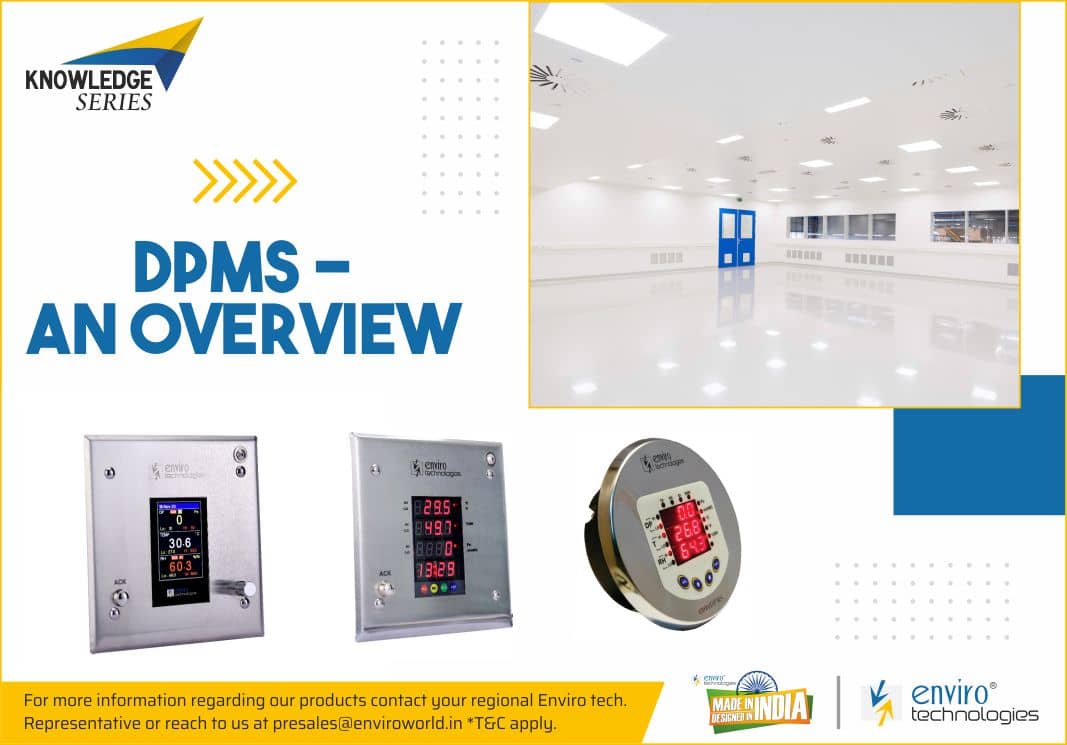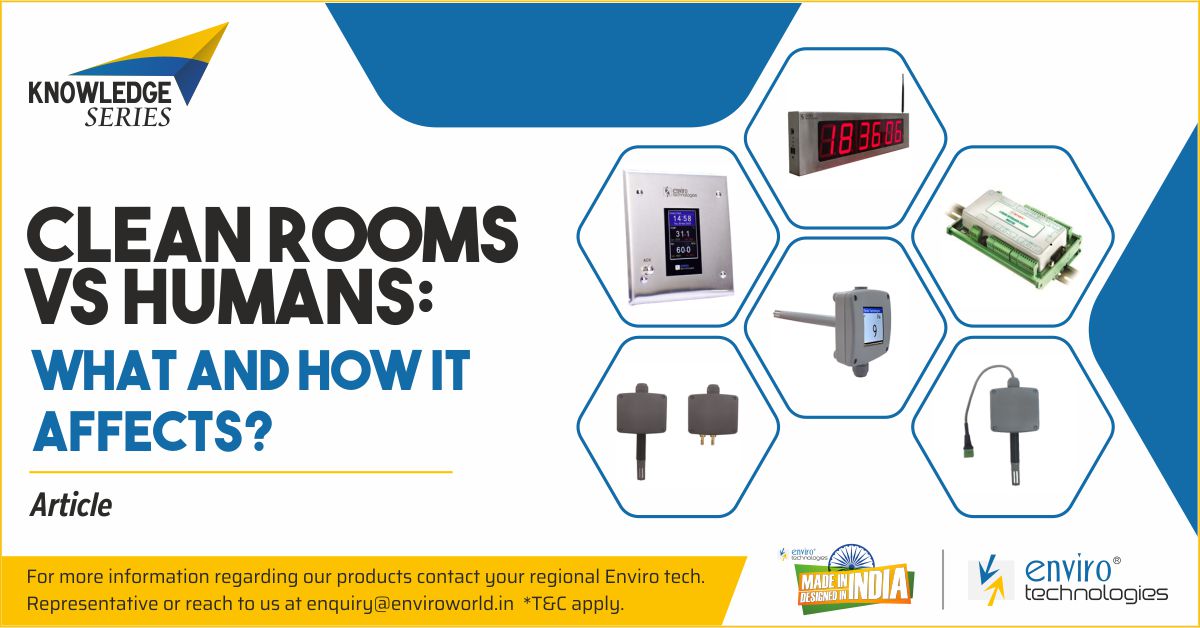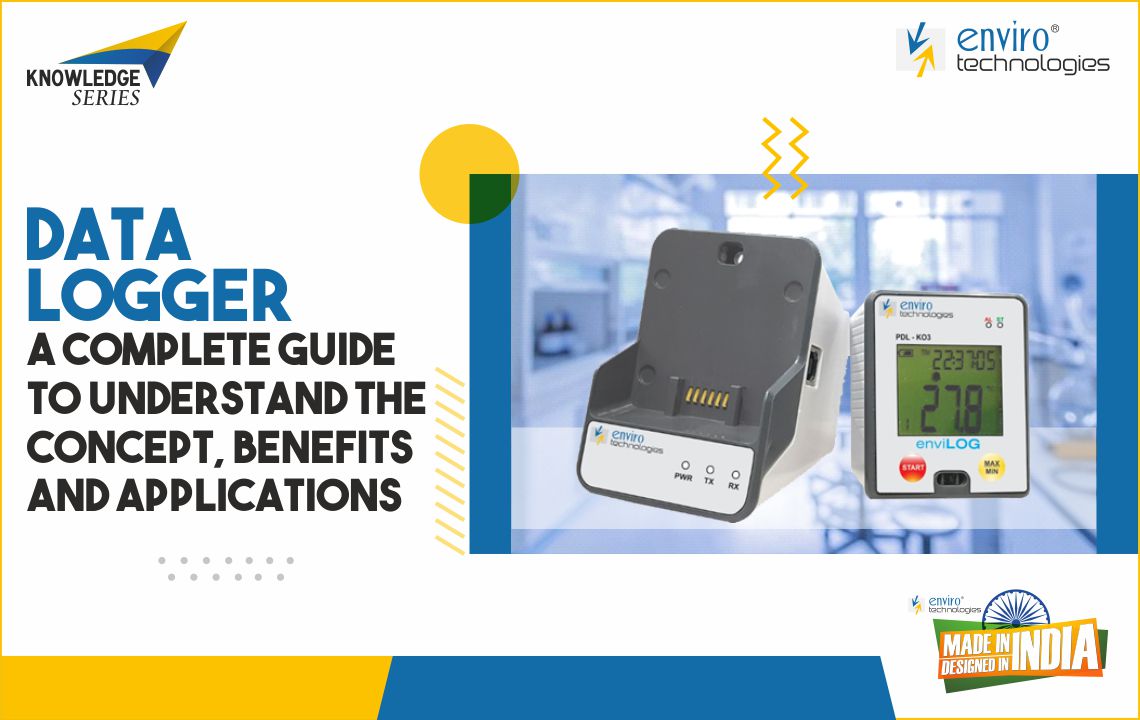- A Complete Guide to Temperature-Controlled Logistics
- What is temperature-controlled logistics?
- What are the critical touchpoints?
- What are the standards and regulations to be followed?
- What are the types of temperature-controlled logistics?
- Final Thoughts
A Complete Guide to Temperature-Controlled Logistics
Temperature-controlled logistics is a common term used in the storage of many materials and products that are sensitive to external environmental conditions. As technology has picked up the pace, so did the ability to deliver things around the corner of the world. There lies a huge need to get products or materials or even medicines for that matter to be delivered in the same condition making sure quality is ensured throughout the process of transportation
Taking the pharmaceutical example, one can understand the basic concept of temperature-controlled logistics even better. Say a patient in a particular region needs his samples evaluated and the medical firm now needs to send the samples far away without compromising the quality. Samples like these are sensitive to the outer atmosphere and can even hinder the result of the evaluation, which might prove catastrophic at the patient’s end. This would have been a tough task to be done but thanks to temperature-controlled logistics, the medical firm can blindly trust them to ensure the samples are safely delivered and evaluated, thus making a huge impact in the medical field by saving so many lives.
Even though the process seems small, the influence of temperature-controlled logistics is huge and plays a big role in making many processes easier. Just by ensuring the quality, it also saves one from the delay in the various procedures, thus giving quicker results within no time. Let’s investigate these temperature-controlled logistics deeper.
What is temperature-controlled logistics?
The basic definition says any process that concentrates on storage, moving and maintaining goods that need that extra care as external factors like atmospheric conditions might affect the quality or composition of the product. Basically, a full luxurious limousine for your extra nosy relatives who complain a lot; if one doesn’t ensure the quality of service, which would be hazardous, I meant the cargo.
When this sensitive cargo is transported or preserved, it is important to understand that the chemical composition might change like sedimentation of the product, which in turn destroys the purpose of the whole transportation or storage.
So, with the basic definition, one might think it is a simple process, but a lot is going on behind the curtains. Temperature-controlled logistics is more of a long chain complex process, unlike what people often conclude. Since the goods need proper handling and a little more care than usual, this care is essential while handling throughout the process. Right from the manufacturing, handling, and reaching the hub and transported to different locations, there shouldn’t be a drastic compromise to guarantee the quality of the goods preserved. But in the practical world, that would sound like expecting too much, as with movement comes changes. So any practical practice would always hold a margin for changes and make sure that difference does not increase over time. So a standard margin for temperature change is advisable to maintain.
Although this varies from product to product, a change ranging from 2 to 5 degrees is manageable. This range is generally referred to as cold chain, where the stored products can be sustained above the sub-zero temperatures.
What are the critical touchpoints?
While working with temperature-controlled logistics, there are many factors involved, and it is very important to ensure all bases are covered while handling the goods. Below are some of the points to be considered to understand risks:
- Prepping the cargo to transport to the shipping hubs and loading
The basic transportation may hold temperature-controlled storages, but one needs to ensure the warehouses consist of the same environment to make sure the cargo remains unaffected by external conditions. Opting for passive cooling or vehicles with refrigerating facilities or using containers with dry ice sounds a better option, reducing the risks of contamination
- Loading and transit
While loading things out either at the hub or transports, it is very important to make sure the cargo is adequately protected. Storing things near the entry points or entrances would result in a lot of alteration in the product's composition. The cooling apparatus must be checked for their reliability and have proper backup for power and in cases of changes in weather.
What are the standards and regulations to be followed?
When cargos touch international waters or lands, it won’t be a surprise to expect confusion with rules and regulations while it comes to receive the shipping, or even test them physically by opening which might disturb the composition by exposing to different temperature levels and defeating the whole purpose. But having a database or a lag that is easily accessible would help and make sure the cargo is sealed throughout the movement. This reduces the confusion and makes sure no troubles come in the way of transportation. One needs to be updated with the rules and regulations and ensure the crew has the proper required knowledge about the cargo, thus eliminating unnecessary errors.
Some of the common regulations which are published at regular intervals are as follows:
- European Union
- World Health Organization
- Parenteral Drug Association
- International Air Transport Association
- Pharmacopeia
What are the types of temperature-controlled logistics?
There are many types of temperature-controlled logistics; some are based on the mode of transport used, while others are based on the type of facilities a transport possesses. Let’s discuss down below:
- Passive shipping container
These containers employ a blend of electronics and shielding materials to maintain the temperature change. As they don’t rely much on external power sources, these types of passive shipping containers are the best choice when it comes to transporting cargo over a small distance, as they have a limited power source and do not have much of a backup to work with.
Even though their work is short-timed, they make the optimum choice for transporting materials by road and are also used in other types of temperature-controlled logistics to provide that extra layer of protection
- Active Shipping Container
These types are primarily similar to passive shipping containers but on a larger scale. Passive shipping containers use various modes, but air and sea are the most common ones. In airfreight systems, the temperature is controlled by power-backed cooling fans or heaters based on the requirement and are powered externally or internally. Similarly, sea freight types are powered by the supply power provided by the ship’s power backup.
- Air freight systems
Air freight systems are mostly preferred because of their unique reliability factor that withstands major external environmental factors thanks to the mode of transportation that is air. Air freight systems are cost-efficient and time savers, but one must ensure proper training has been given to the crew and the absence of digitalization that might develop in the coming years. Commercial airlines, integrators that are dedicated mail delivery services, which directly correspond to the airlines for their delivery, are some of the major types of air freight systems.
- Sea freight systems
Now, the freight systems that use the sea as a mode to transport goods while monitoring external conditions and maintaining the temperature inside are defined as the sea freight systems. These are more preferred and are to be used more in the coming years, thanks to the significant qualities they possess by saving cargo from major risks and being cost-effective at the same time. Cargos can be monitored in a better way and are prone to less drastic temperature spells, thus making them easier to manage. The only drawback would be that these sea freight systems are confined to be used for regions along the seaports and depend on the location they are delivering to
- Refrigerated vehicles
The most basic temperature-controlled logistics systems used; this type consists of temperature controlling ability materials that are used to make sure said temperature is maintained throughout the transit. These vehicles can range from a small van to a large truck that has an inbuilt system to maintain cold or hot temperatures depending upon the cargo they are specialized to transport. The power backup might range from using the vehicle’s own battery source or have inbuilt power backup to work with.
Final Thoughts
Wrapping things up, temperature-controlled logistics are one of the most important logistics mankind has ever come across with and thanks to this, it has been touching many lives. One might think it is cheesy, but temperature-controlled logistics have been one of the major factors saving many lives, whether it is for organ donation or getting the right medicines or samples to be evaluated across a region.
Even though temperature-controlled logistics sounds like something super easy to work with, to be able to play a huge role in saving and helping out people in need makes this an interesting subject to dwell on. Since the medical and pharmaceutical industries are the major sectors dependent on temperature-controlled logistics, let’s hope the technology sweeps in more exciting features and helps make this world a better place, a parcel at a time.





















